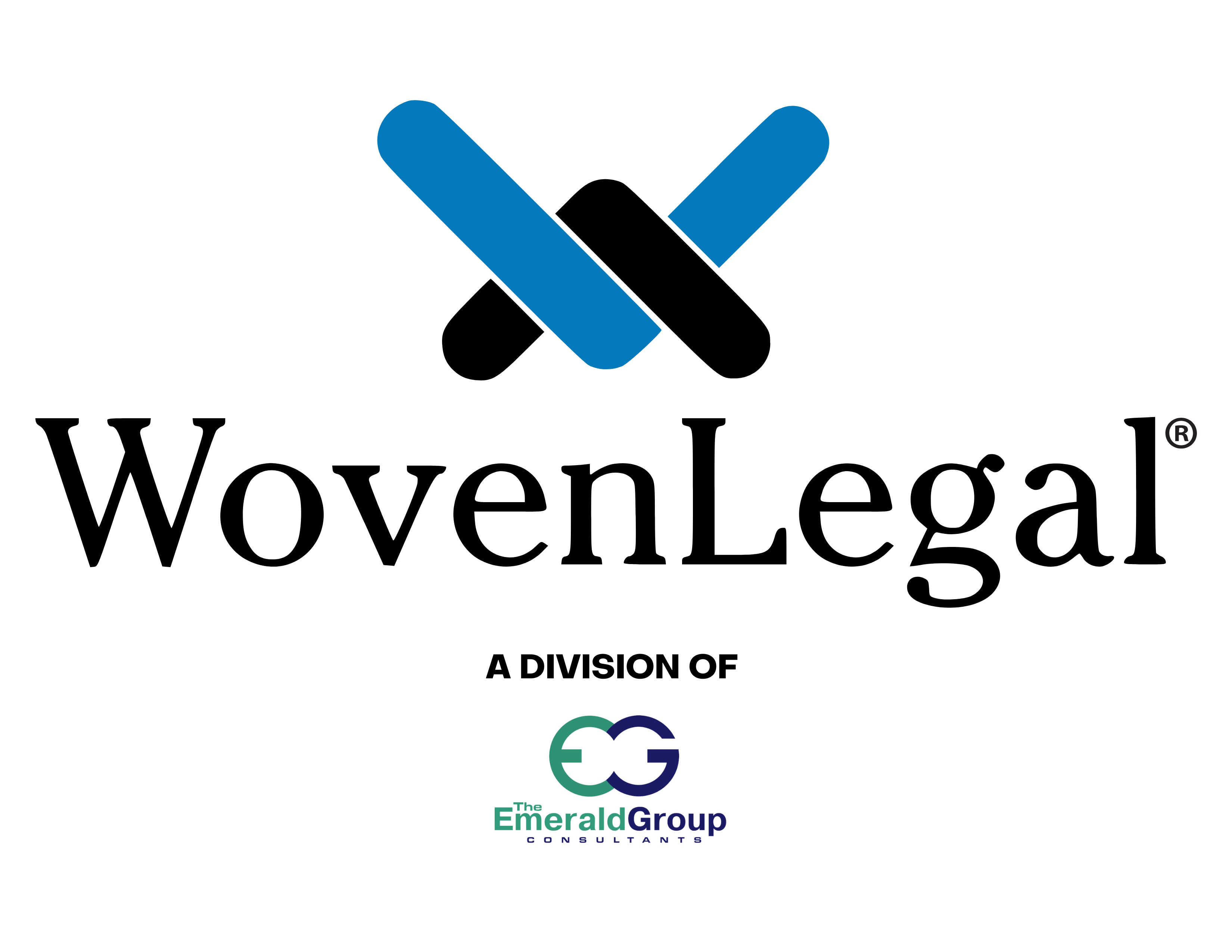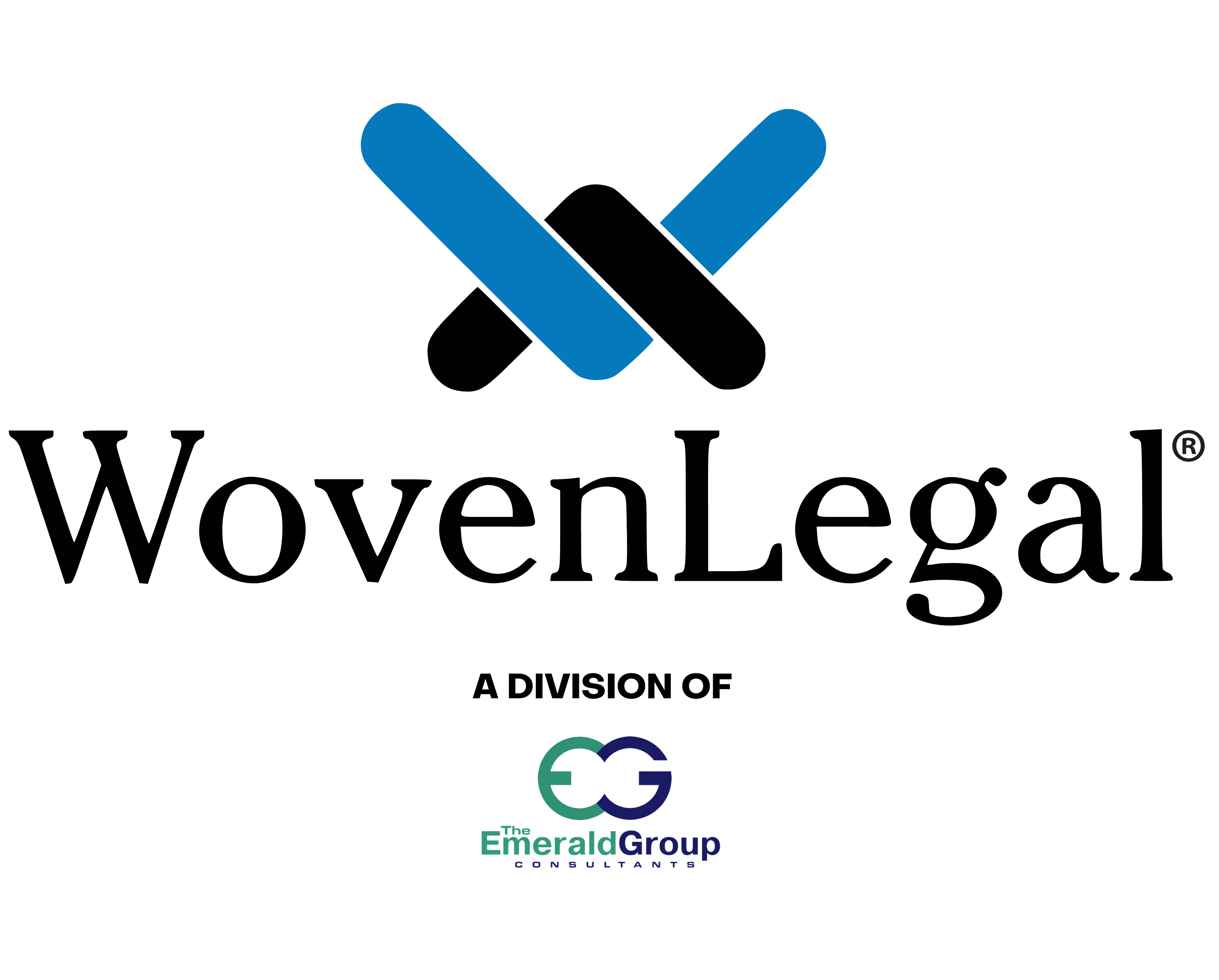What to expect when you’re onboarding isn’t just checklists and login credentials; it’s a leadership moment. Knowing what to expect during this phase can significantly influence how effectively it is handled.
Whether you’re welcoming a new client, integrating a support hire, or launching a tech tool like Clio, onboarding is where structure meets experience. And it’s also where things fall apart if you don’t have systems in place and understand what to expect when you’re onboarding.
The firms that scale? They treat onboarding like a leadership skill, not just a to-do list. Understanding what to expect when you’re onboarding helps in treating it with the importance it deserves.
Let’s walk through how to do that, one step at a time.
1. Onboarding a Client: Set Expectations Early
Clients aren’t just looking for legal help; they’re looking for clarity. Onboarding is your opportunity to show them what it’s like to work with your firm. The smoother this process is, the faster you build trust.
Leadership Moves:
- Share a branded welcome packet or checklist
- Set communication boundaries (what they can expect from you, and when)
- Let them know who’s on their team: assistant, paralegal, etc.
Woven Tip: Want this done for you? Our Quick Client Checklist gives you a plug-and-play resource you can brand and share.
2. Onboarding a Team Member: Delegate with Purpose
Hiring a new paralegal or legal assistant? You’re not just filling a seat—you’re building capacity.
The worst mistake attorneys make? Hiring help and expecting them to “just know” what to do. Knowing what to expect when you’re onboarding team members will ensure clarity and efficiency.
Leadership Moves:
- Have documented SOPs or process overviews ready
- Assign a point person for questions and day-one onboarding
- Give clear metrics for success AKA “what done looks like” in their first 30, 60, and 90 days
Woven Tip: Download our Delegation Cheat Sheet to start identifying the right handoffs before your hire shows up.
3. Onboarding Tech: Don’t DIY the Rollout
Legal tech can be a significant time-saver, but only if it is implemented correctly. Tools like Clio Grow or Clio Manage can transform your workflow, but without a clear onboarding process, you’ll end up frustrated, not freed. Knowing what to expect when you’re onboarding tech ensures a smooth implementation.
Leadership Moves:
- Treat tech onboarding like a project with an actual timeline
- Make sure everyone gets training, not just a login
- Assign someone to own the tool and be your in-house expert
Woven Tip: Want to know which legal tech plays nice with delegation? We’ve rounded up our favorite tools inside this Tech Stack Optimization Guide.
Why Onboarding Is Really About Leadership
Onboarding is often rushed or skipped entirely, but it’s one of the most powerful ways to lead. Why?
Because it sets the tone, establishes boundaries, and defines culture. It says, “Here’s how we do things.”
Firms that do this well build trust faster, grow faster, and stop having to put out fires every other week.
And firms that skip it? They end up doing everything themselves. This is why it is so important to know what to expect when you’re onboarding.
Key Takeaways
- Onboarding isn’t just a handoff; it’s a leadership moment.
- Clients want clarity, not just contracts.
- New team members need structure, not guesswork.
- Tech only works if people know how to use it (and actually do).
- Systems and delegation turn onboarding into your firm’s biggest growth opportunity.
Already onboarded the tools and the people, but not seeing the impact yet?
You might be missing the one thing that brings it all together: someone to manage it all.
Let’s fix that.
Book a Discovery Call with Woven Legal and get the support your systems need to thrive.




Comments are closed